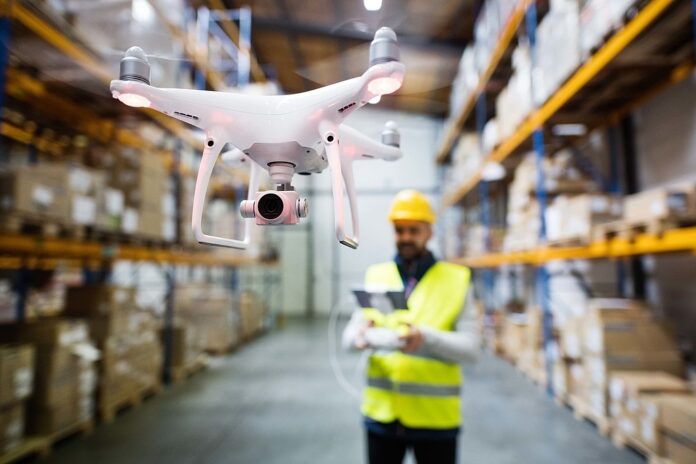Technology has revolutionized the world and everyday lives in years. Technologies have enabled incredible tools and resources to put useful information to the fingertips. Modern-day technology has paved the way for multifunctional devices, and the drone is one such device. Drones have been able to make a good reputation considering its resourceful contribution outdoor, and hence, drones are expected to extend indoor usability too.
Drones can hold electronic sensors and high-resolution cameras. Organizations should invest in increasing the number of workers accredited to a remote pilot certificate. This investment in commercial drone training will add capability and versatility to an entire employee or put forward workers with appropriate skills. Indoor drones in comparison with the outdoor version are smaller in size. Besides, indoor drones focus on providing better accessibility, and so they can scale varied heights, that is not always achievable with crawlers and ground bots.
Drones have turned into real-time solutions for business and many companies are taking advantage of drones in warehousing and supply chain management.
Many technology analysts have been shocked when, according to Computer World, Amazon revealed an intention to open hundreds of physical store locations. The Amazon marketplace also sits as an alternative to shopping in-store, but there are plenty of possible explanations for why the retailer chose to join the other side. Amazon’s stores enable the business to cater to new customer segments, exhibit revolutionary technologies, and develop airports for their drone-based delivery fleets. Further physical locations mean further product warehouses so that drones have shorter flight paths for transporting goods to companies and people.
Corvus Robotics, a St. Louis initiative, offers drone applications to logistics and manufacturing facilities for warehouse inventory and factory inspection.
Over the forecast period, the drone market is projected to post a CAGR of 15.37 percent to reach USD 47.76 billion by 2025. The drone market had been in the developmental phase for many years, facing a lack of industrial adoption. While initially viewed as military equipment, in the last five years drones have gained a significant presence in the commercial sector.
The indoor drones deliver some of the primary benefits such as less inclusion of dangerous activities such as climbing (crawler), fast return on investment due to manageable hardware acquisition costs. The main market for drones is in the warehousing and supply chain industry, where they can assist in inventory control, indoor intra-logistics, and inspection & supervision.
It needs good preparation and some imaginative thinking to use emerging technologies. Despite the tremendous potential of indoor drones, other problems must be tackled first. The drone inside must be self-conscious to stop moving things by themselves. It needs to revamp itself to improved stabilization systems that can increase its performance in rooms that have fans or an indoor draft. To achieve a fully autonomous and functional status, indoor drones will be a step closer by improving those aspects.

